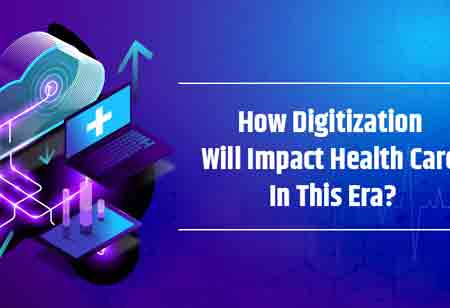Many clinics are now accepting card, not present (CNP) payments, which are the same form of payment used by eCommerce sites such as Amazon. The patient can put credit card information into a digital gateway before or after their visit.
FREMONT, CA: When COVID-19 hit the United States, nearly every industry adjusted its payment and invoicing methods in response. On the other hand, healthcare had more pressing concerns, such as creating a unique disease, securing PPE and ventilators, and protecting overworked workers. Meanwhile, financial executives had to deal with a drop in revenue caused by patients postponing elective surgeries.
COVID-19 is far from over, but healthcare providers are starting to join the payment shift. Financial leaders have a chance to minimize administrative costs, increase cash flow, and provide a better patient experience.
Let's delve into some dominant trends in healthcare payments:
Contactless Payment Methods
In a conventional clinic, people check-in and out at a front desk. They pay their copayment with a credit card or cash and receive a printed statement in the mail a few days later. While the danger of COVID-19 transmission through paper is low, the in-clinic payment process requires patients to spend more time in close proximity to staff and each other. The paper bill also slows payments, which reduces financial flow.

